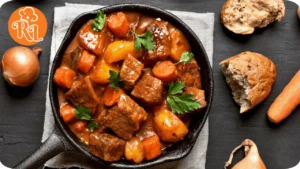Beef stew is a comforting, hearty dish enjoyed in many cultures around the world. This one-pot meal, full of tender meat, savory broth, and vegetables, is perfect for cold days or when you need a satisfying meal. While simple in its core concept, the secret to a memorable beef stew lies in the details of the recipe. In this guide, we’ll take you through the nuances of crafting a flavorful and nourishing beef stew that will leave your guests asking for seconds. With helpful tips and techniques, you’ll be able to elevate this classic dish to new heights.
What Makes Beef Stew So Special?
Beef stew is more than just a meal; it’s a symbol of comfort and tradition. Each spoonful tells the story of slow-cooked perfection, where the ingredients come together over time to create deep flavors. At its core, beef stew is made with chunks of beef that are slow-cooked until tender, simmering in a flavorful liquid with vegetables like potatoes, carrots, onions, and sometimes peas or celery. This rich combination of beef and vegetables makes for a nutritionally balanced dish that’s both satisfying and filling.
One of the great aspects of beef stew is its versatility. While the base ingredients are straightforward, the recipe can be adapted based on regional influences, available ingredients, or personal preferences. Whether you’re adding red wine for depth, herbs like thyme and rosemary for freshness, or a hint of spice for warmth, every version of beef stew carries a unique flavor profile that makes it distinct.
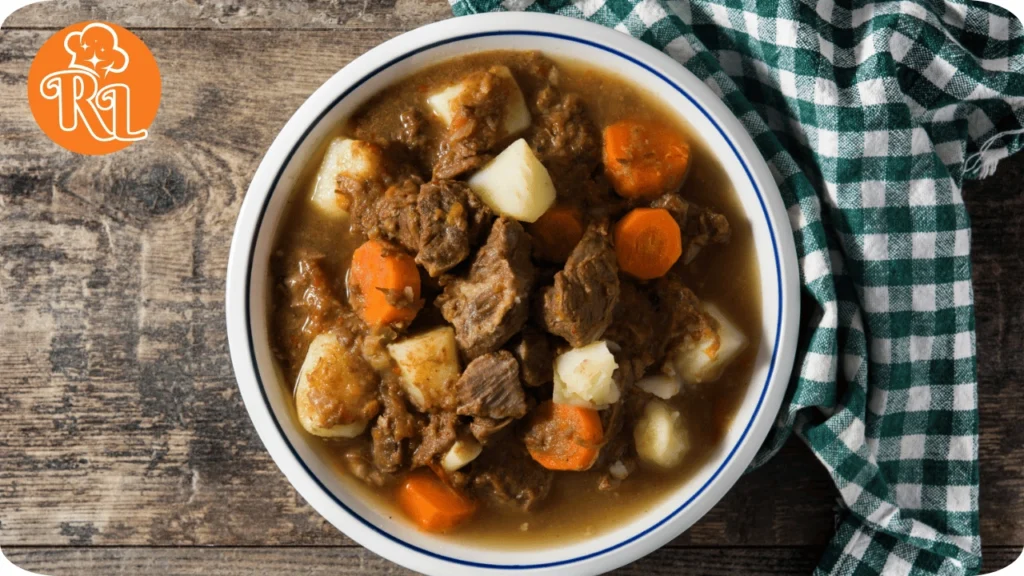
The Importance of Choosing the Right Beef
When making beef stew, the choice of meat is critical. For a stew, tougher cuts of beef are preferable because their connective tissue breaks down over long cooking times, resulting in a tender, melt-in-your-mouth texture. Cuts like chuck, brisket, or round are perfect for stew because they are flavorful and become juicy when cooked low and slow. Leaner cuts, such as sirloin, may seem appealing because they are more tender at first glance, but they tend to dry out in the long simmering process.
The marbling of fat in stew meat adds richness and body to the broth. It’s also essential to brown the beef before simmering. Browning the meat caramelizes the surface, adding a layer of flavor that will enhance the final stew. When done right, this step seals in the juices, ensuring that each bite of beef is flavorful and tender.
Building Flavor with Aromatics
No beef stew would be complete without aromatics. Onions, garlic, and herbs form the backbone of a flavorful broth. These ingredients release their flavors gradually, infusing the stew with richness over time. Onion varieties like yellow or white onions provide a sweet, savory base that pairs perfectly with beef. Garlic, meanwhile, adds a deep, earthy flavor that complements the beef and vegetables.
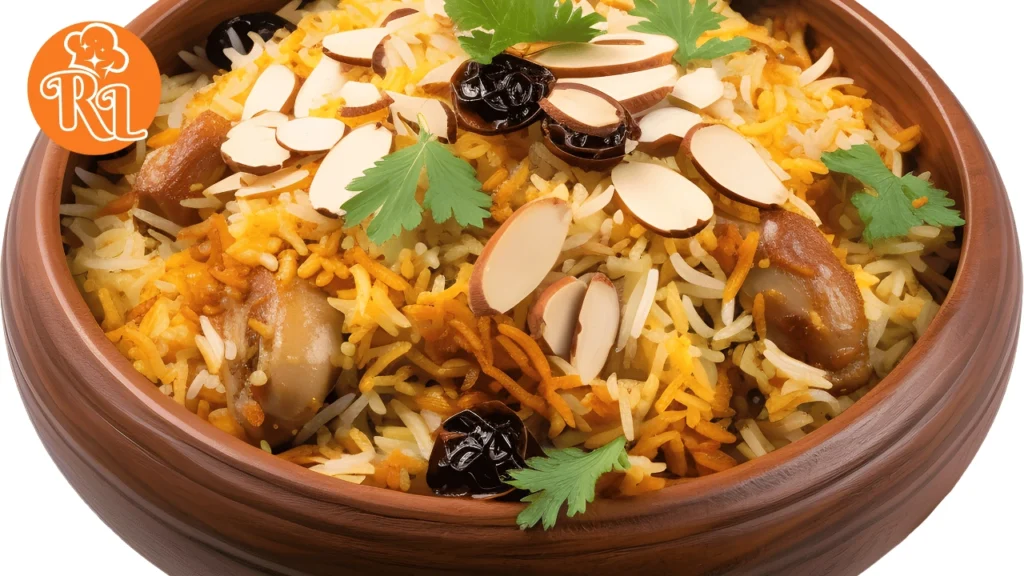
Herbs and spices also play a crucial role in building the stew’s complexity. Fresh or dried thyme, rosemary, and bay leaves are classic choices for seasoning beef stew. These herbs lend a fragrant, woodsy note that enhances the savory aspects of the dish. For added depth, many cooks like to include a hint of paprika or pepper, which brings subtle heat and earthiness.
Another often overlooked ingredient is a splash of acid, which can come in the form of tomatoes, vinegar, or wine. This addition brightens up the stew by balancing the richness of the beef and broth with a slight tang. The acidity helps cut through the fat, creating a well-rounded flavor profile that prevents the stew from becoming too heavy.
The Role of Liquid in Beef Stew
The choice of liquid in your beef stew recipe can transform the dish from ordinary to extraordinary. Typically, the stew is simmered in broth, water, or a combination of both. Using a high-quality beef broth or stock adds a concentrated beefy flavor that complements the meat. Some recipes also incorporate vegetable or chicken stock, which can lighten the dish and add layers of flavor.
For an added dimension of richness, many cooks use wine or beer. Red wine, in particular, is popular for its ability to deepen the flavor of the stew. It adds a subtle fruitiness and acidity that lifts the dish. A good rule of thumb is to use a wine you enjoy drinking, as its flavors will become more concentrated during the cooking process. Beer, especially darker varieties like stout, can impart a malty sweetness and depth that works particularly well in more robust beef stew recipes.
If you prefer to keep the stew alcohol-free, adding a splash of vinegar or lemon juice at the end of cooking can achieve a similar balancing effect without the alcohol content. Whether you go for a traditional broth-based stew or one with a hint of wine or beer, the liquid you choose will play a significant role in the overall flavor and texture of the dish.
Slow Cooking for Perfect Texture
Beef stew is a dish that rewards patience. Cooking the stew slowly at a low temperature allows the collagen in the meat to break down, resulting in a tender texture that makes every bite of beef soft and succulent. The vegetables also benefit from this slow cooking method, as they absorb the broth’s flavors while retaining a pleasant bite.
There are several ways to cook beef stew, but the method you choose can significantly affect the outcome. Stovetop cooking is the most traditional method, requiring a large pot or Dutch oven. It offers the advantage of more control over the cooking process, allowing you to monitor the temperature and make adjustments as needed. Simmering the stew on the stovetop for two to three hours ensures the beef becomes tender and the flavors meld together.
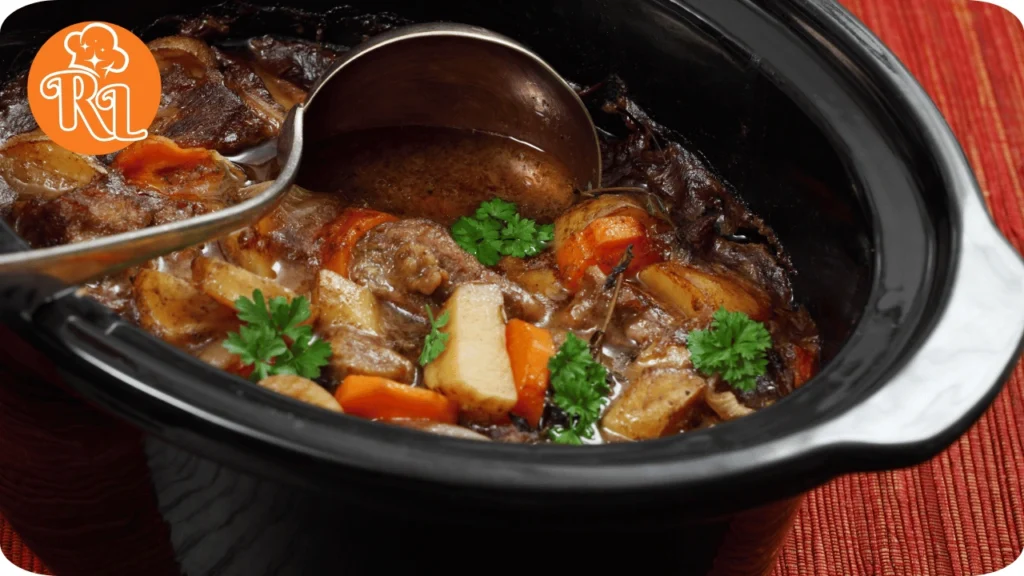
Using a slow cooker is another popular method, especially for those who want a hands-off approach. Slow cookers are perfect for preparing beef stew because they maintain a consistent low temperature, which prevents overcooking the meat. You can start the stew in the morning and let it cook throughout the day, with minimal effort.
For a quicker version, a pressure cooker or instant pot can achieve tender beef in a fraction of the time. While these methods may not allow for as much flavor development as slow cooking, they are ideal for busy schedules.
Thickening the Stew for a Heartier Texture
One of the hallmarks of a great beef stew is its thick, hearty consistency. While some prefer a thinner broth, others enjoy a rich, thickened stew. There are several techniques to achieve this texture.
A traditional method is to coat the beef in flour before browning it. The flour acts as a natural thickener, giving the broth a velvety texture as the stew simmers. Alternatively, you can thicken the stew by stirring in a slurry made from flour or cornstarch mixed with water toward the end of cooking. This technique allows for more control over the final texture.
For a more rustic approach, some cooks use mashed vegetables to thicken the stew. Potatoes, carrots, or even parsnips can be mashed and stirred into the broth to naturally thicken it while adding more flavor. This method keeps the stew gluten-free and adds to the overall depth of the dish.
Enhancing the Flavor with Umami
To take your beef stew to the next level, consider adding ingredients that boost umami, the savory taste that makes dishes deeply flavorful. Soy sauce or Worcestershire sauce are common additions that enhance the stew’s depth without overwhelming the other flavors. Both sauces add a salty, umami punch that pairs well with beef.
Another option is to add a small amount of tomato paste. Its concentrated flavor not only thickens the stew but also brings out the sweetness of the vegetables while balancing the richness of the meat. If you prefer a more subtle tomato flavor, diced tomatoes or even sun-dried tomatoes can be added to the stew for a similar effect.
Mushrooms are another natural source of umami and are often included in beef stew recipes. When sautéed before being added to the stew, mushrooms impart a meaty, earthy flavor that complements the beef and enhances the overall richness of the dish.
Serving and Pairing Beef Stew
Beef stew is often served as a complete meal, but what you pair with it can elevate the dining experience. Traditionally, beef stew is served with crusty bread, which is perfect for soaking up the rich broth. A warm baguette or rustic sourdough works particularly well for this purpose.
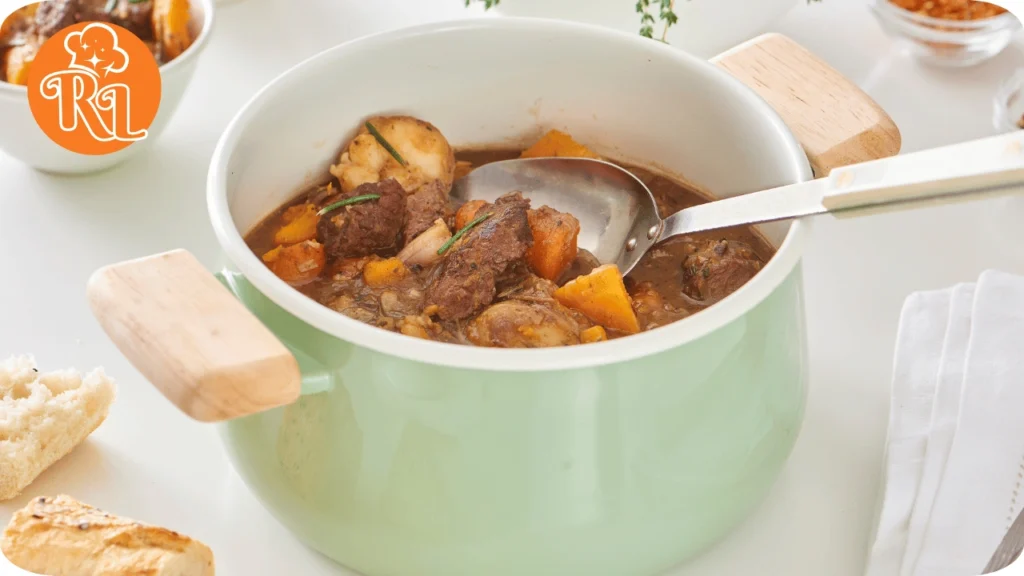
For a heartier meal, serving beef stew over mashed potatoes or buttered noodles is a great option. The stew’s flavorful broth seeps into the potatoes or noodles, creating a comforting combination. Alternatively, a side of fluffy rice can soak up the liquid while adding texture to the dish.
For wine pairings, a bold red wine like Cabernet Sauvignon or Malbec complements the beef’s richness and the stew’s robust flavors. If you prefer beer, a dark ale or porter pairs nicely with the hearty nature of the dish.
Storing and Reheating Beef Stew
One of the great things about beef stew is that it often tastes even better the next day. As the stew sits, the flavors continue to develop, making leftovers especially delicious. To store, let the stew cool to room temperature before transferring it to an airtight container. It can be refrigerated for up to three days or frozen for up to three months.
When reheating, be sure to do so gently to prevent the meat from overcooking and becoming tough. Reheat on the stovetop over low heat, stirring occasionally until warmed through. If the stew has thickened too much in the fridge, simply add a splash of broth or water to loosen it up before serving.
Conclusion
Beef stew is a timeless dish that combines simplicity with rich flavors and textures. From choosing the right cut of beef to enhancing the flavor with aromatics, liquids, and umami-rich ingredients, each step plays a crucial role in creating the perfect stew. Whether you’re making it for a family dinner, a cozy weekend meal, or preparing leftovers for the week, beef stew is a

